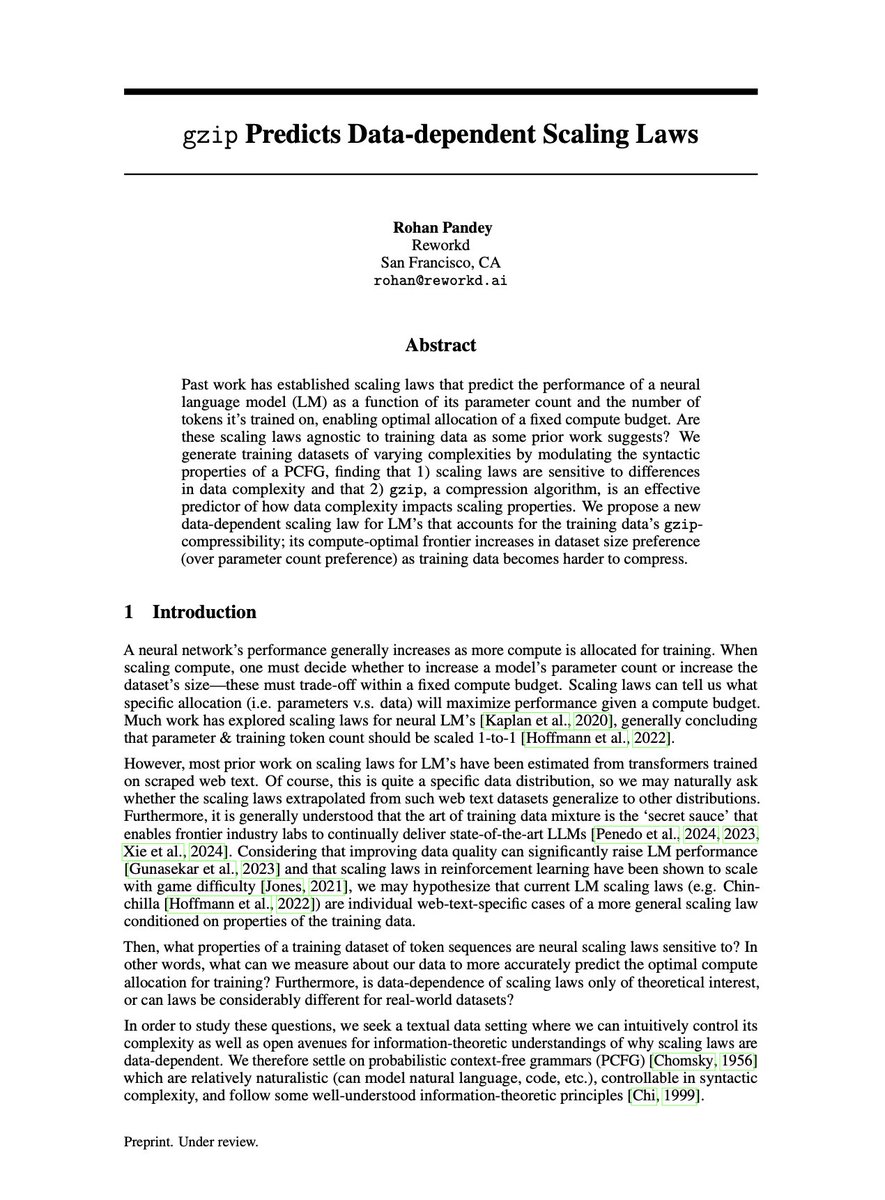Sacred fire for Vedic ritual is chiefly produced by Agnimanthana (fire-churning), outlined in the Śatapatha Brāhmaṇa.
But one specific chip of wood it requires has puzzled scholars for the last 800+ years.
Here's how I solved it with some wilderness survival sleuthing 🧵⬇️
But one specific chip of wood it requires has puzzled scholars for the last 800+ years.
Here's how I solved it with some wilderness survival sleuthing 🧵⬇️
https://twitter.com/khoomeik/status/1775060610587545718
At the center of Vedic Hinduism lies yajña, the fire sacrifice.
Correct performance of a yajña requires strict adherence to instructions provided in the Saṃhitā & Brāhmaṇa texts of the Veda, composed over 3000 years ago.
And the fire used in yajña must be of sacred origin.
Correct performance of a yajña requires strict adherence to instructions provided in the Saṃhitā & Brāhmaṇa texts of the Veda, composed over 3000 years ago.
And the fire used in yajña must be of sacred origin.

Traditionally, a sacred fire would be kept by most men and passed from teacher to student or father to son, blazing on across the centuries.
The Zoroastrians still maintain the eternal flame; their temples bear fires originally lit perhaps 2500 years ago.
The Zoroastrians still maintain the eternal flame; their temples bear fires originally lit perhaps 2500 years ago.

*Bearing* of the fire is also India's namesake, the Bhārata clan exalted in the Veda having been named for ardently bearing the sacred fire.
But when it is extinguished, how does one kindle a sacred fire again?
But when it is extinguished, how does one kindle a sacred fire again?

Luckily, the Brāhmaṇas provide us fairly detailed instructions for this process, the Agnimanthana, or churning of fire.
We must place: a wood chip (śakala), two sprouts (darbha-tarunaka), a lower churning stick, and an upper churning stick. Then churn until lit. Simple, right?
We must place: a wood chip (śakala), two sprouts (darbha-tarunaka), a lower churning stick, and an upper churning stick. Then churn until lit. Simple, right?

Here's what the common orthodox interpretation would look like. The śakala is quite far from the locus of ignition, so how could it be Agni's janitram (birthplace) as the text says?
And in practice, the chip destabilizes the lower stick, making churning difficult.
And in practice, the chip destabilizes the lower stick, making churning difficult.

To address the latter concern and bring the chip closer to the locus of ignition, variant configurations have been proposed that place the chip on top of the lower churning stick or even fixed into the upper stick.
However, these interpretations bend the text considerably.
However, these interpretations bend the text considerably.

During the discourse between Ranade & Kashikar, they note that even the renowned Vedic scholar Sāyaṇa (1300s AD) appears confused when interpreting the Agnimanthana.
How could we have forgotten the fundamental Vedic rite of fire creation, perhaps over a millennium ago?


How could we have forgotten the fundamental Vedic rite of fire creation, perhaps over a millennium ago?


Last December, I performed a Śālākarma (housewarming rite according to the Pāraskara Gṛhyasūtra) at my father's new house and in the process experimented with Vedic fire creation.
I realized that the current forms of Agnimanthana instruments we have are extremely suboptimal.
I realized that the current forms of Agnimanthana instruments we have are extremely suboptimal.

Struggling to deal with the lower araṇi's instability due to the wood chip, lack of oxygenation at the ignition locus, etc., I turned to wilderness survival videos about starting fires with a "hand drill".
And the moment I saw this, everything clicked.
And the moment I saw this, everything clicked.

The issue wasn't the śakala, but rather the adharāraṇi (lower churning stick)! We've been making them too thick for at least the last thousand years.
The uttarāraṇi (upper stick) must penetrate through and directly contact the śakala—that's why it's called Agni's birthplace!
The uttarāraṇi (upper stick) must penetrate through and directly contact the śakala—that's why it's called Agni's birthplace!

It gets better. After churning, bushcraft-man tells us that the śakala (having collected the young embers) often adheres to the adharāraṇi and must be carefully pried separate with a twig.
I posit that anti-adhesion was the original functional purpose of the darbha-taruṇaka.
I posit that anti-adhesion was the original functional purpose of the darbha-taruṇaka.

Ok, so why do these arcane specifics of Vedic ritual matter?
1. Understanding Vedic ritual symbolism enables understanding Vedic metaphysics
2. Suggests that traditionally received Vedic interpretations could be flawed
3. Cool to know I'm doing it the way they did >3000 years ago
1. Understanding Vedic ritual symbolism enables understanding Vedic metaphysics
2. Suggests that traditionally received Vedic interpretations could be flawed
3. Cool to know I'm doing it the way they did >3000 years ago
The last 1000 years of fire have been non-Vedic. What other components of Hindu tradition today are similarly flawed, misunderstanding or simply having forgotten our foundational literature?
I argue the Veda is closer to e/acc than contemporary Hinduism:
rohanpandey.substack.com/p/thermodynami…
I argue the Veda is closer to e/acc than contemporary Hinduism:
rohanpandey.substack.com/p/thermodynami…
On June 21 in San Francisco, I will kindle the sacred fire by Vedic means. On the day of the solstice & the night of the full moon, Agni will be born after a millennium-long slumber.
If you are interested in joining for this Agnimanthana and subsequent Yajña, please DM me.
If you are interested in joining for this Agnimanthana and subsequent Yajña, please DM me.
@threadreaderapp unroll
• • •
Missing some Tweet in this thread? You can try to
force a refresh


















